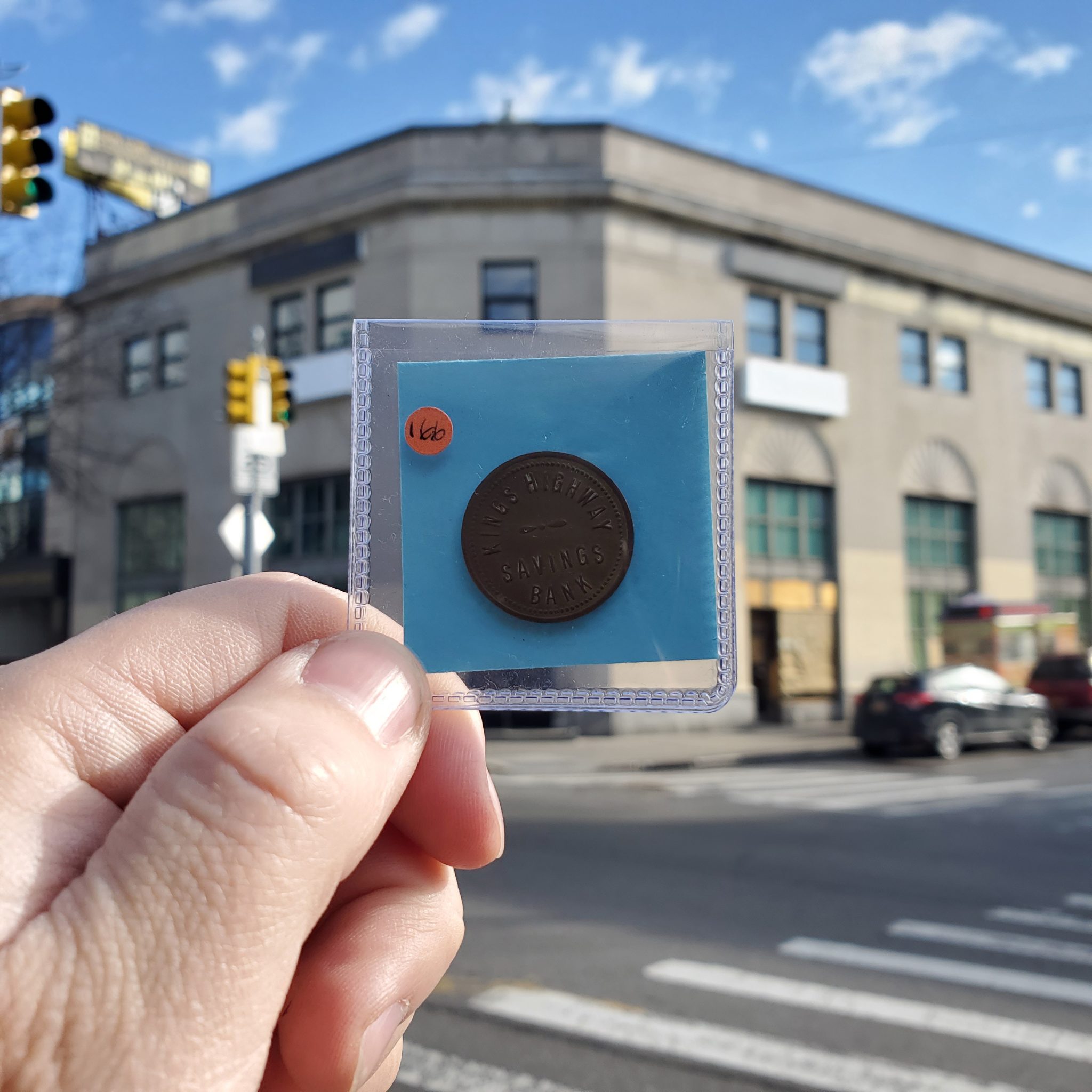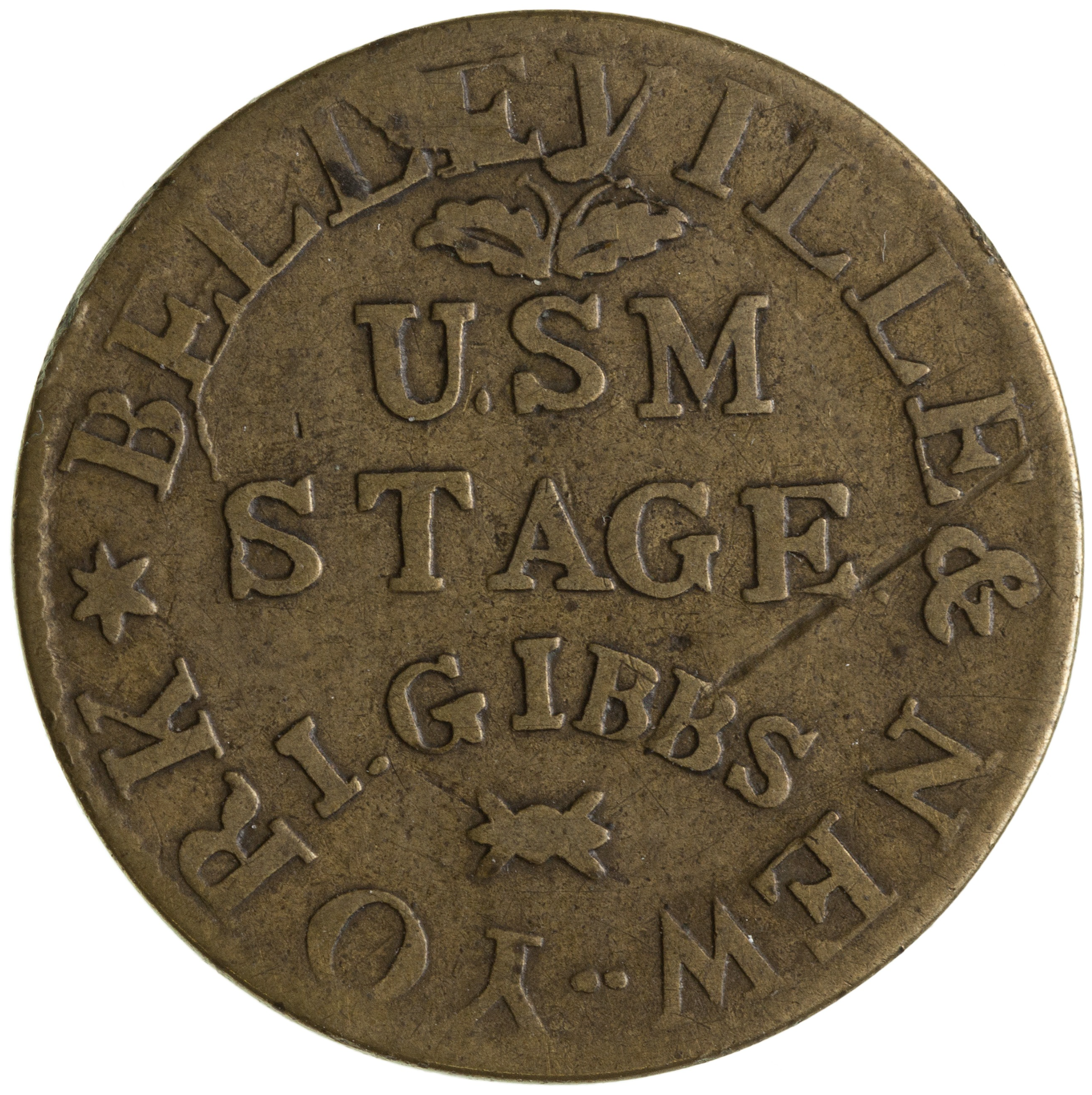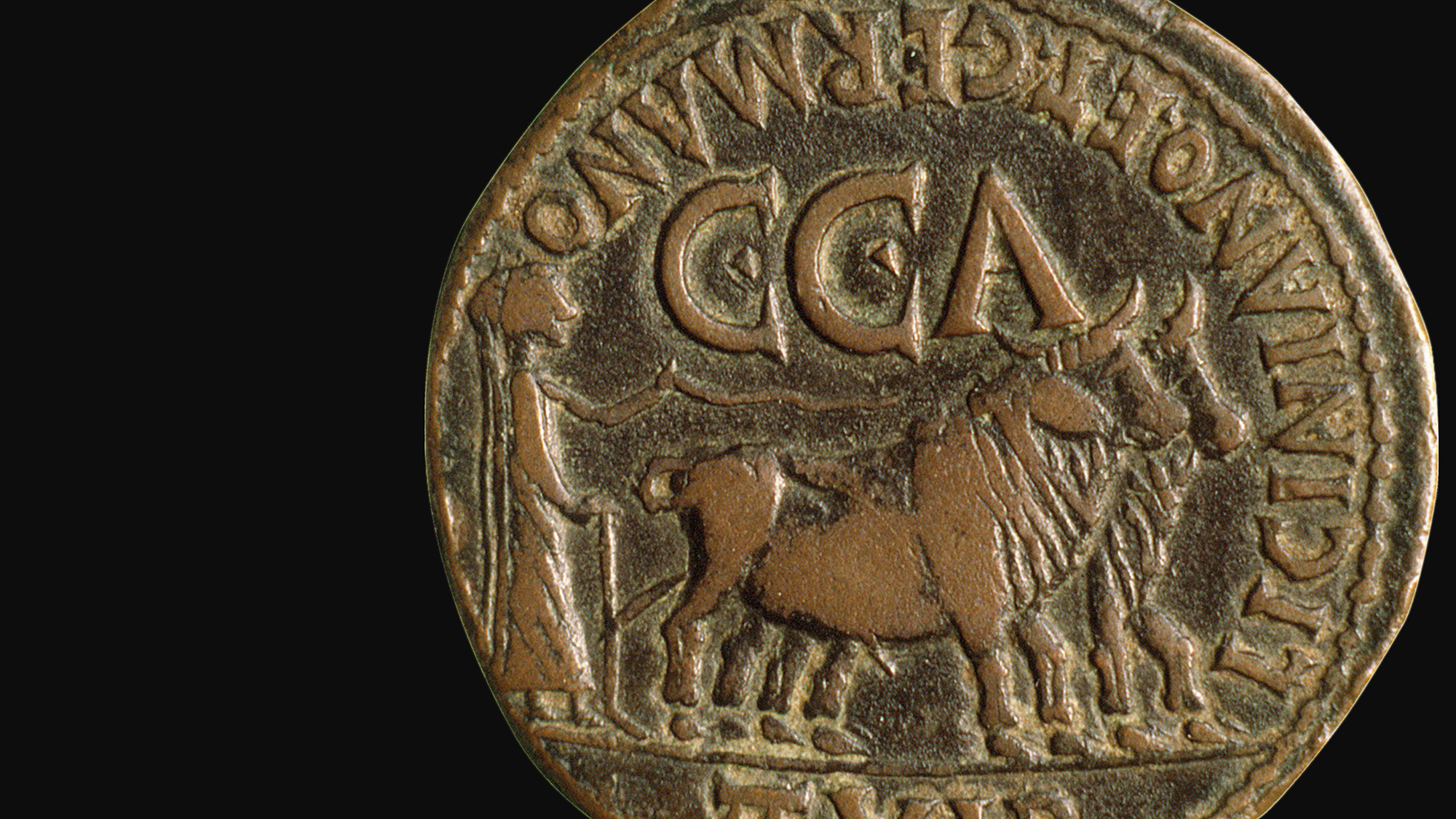Public and Private in Coin Production
There is a commonly encountered conventional distinction between coins and tokens such that coins are produced and issued by governments as legal tender, whereas tokens are produced and issued by private businesses and derive their value only from their redemption by the issuer. This distinction is useful for many purposes, but like most definitions, it runs into problems in situations where the real world turns out to be more complicated than the unstated assumptions that underlie the distinction.
One of these assumptions is that official money is actually produced and issued by governments. Leaving aside the very substantial problem of banknotes and other forms of non-metallic money, this assumption fits fairly well with the experience of coinage in twentieth-century practice in major economies, which of course is the formative experience of many recent numismatic writers, but it is not universally true historically.
In late medieval and early modern Europe, the applicability of this assumption to the way minting worked is ambiguous at best. For the most part, minting operations were farmed out to entrepreneurs, much like taxation and military recruitment generally were. The persons leasing minting operations would pay part of the proceeds to the government as seigniorage and keep the rest as their own profits. Thus, even though minting was carried out in the name of the state, authorized by a government contract, and often monitored by government officials, there is room for debate as to whether the production of coins can really be said to have been done by the government.


The issuing of coins is even more ambiguous, because coins were not necessarily produced for distribution by the government at all. For the most part, mints produced coins, for a fee, when people brought bullion to them. Coins were thus issued by the minting entrepreneur to mint customers based on demand, without any involvement of treasury officials.
This system minimized the capital requirements for the government, but inevitably the reliance on private entrepreneurs carried a large cost in terms of corruption, malfeasance, and inefficiency, in addition to the private profits taken from the minting fees. Thus, the most centralized states, such as late medieval Venice and Florence, as well as England under Henry VIII, sought to control minting directly. Nevertheless, not all kinds of coins were equally worth controlling.
In seventeenth-century England, for example, silver and gold coins were produced by the government, albeit still on the basis of customer demand. However, the need for small change was met by medieval-style farming out, in this case by granting contractors such as Lord Harington and the Duke of Lennox the right to produce and issue copper farthings in the king’s name in exchange for a hefty fee to the Crown. Although everyone agrees that the silver sixpences of Charles I are coins, writers disagree on whether to call the copper farthings coins or tokens, because they were made as official coinage by royal authority, but they were produced and issued as a private business venture.


The contracting out of coin production is not limited by borders. Already in the early modern period, and increasingly in more recent times, small states do not necessarily wish to make the substantial capital investments needed for a modern mint. Instead, the production of coins is contracted out to enterprises in other states. These mints may be private or locally public, but either way they are acting as private businesses in relation to the outsourcing government.




The lesson here is not that it is correct or incorrect to refer to certain items as coins or as tokens. Rather, it is that a sharp distinction that is clear and effective for the United States or the United Kingdom in the twentieth century is not always so clear for monetary systems that do not work exactly the same way. Definitions are tools, not facts, and like socket wrenches or screwdrivers, not all definitions are a good fit for every situation.




